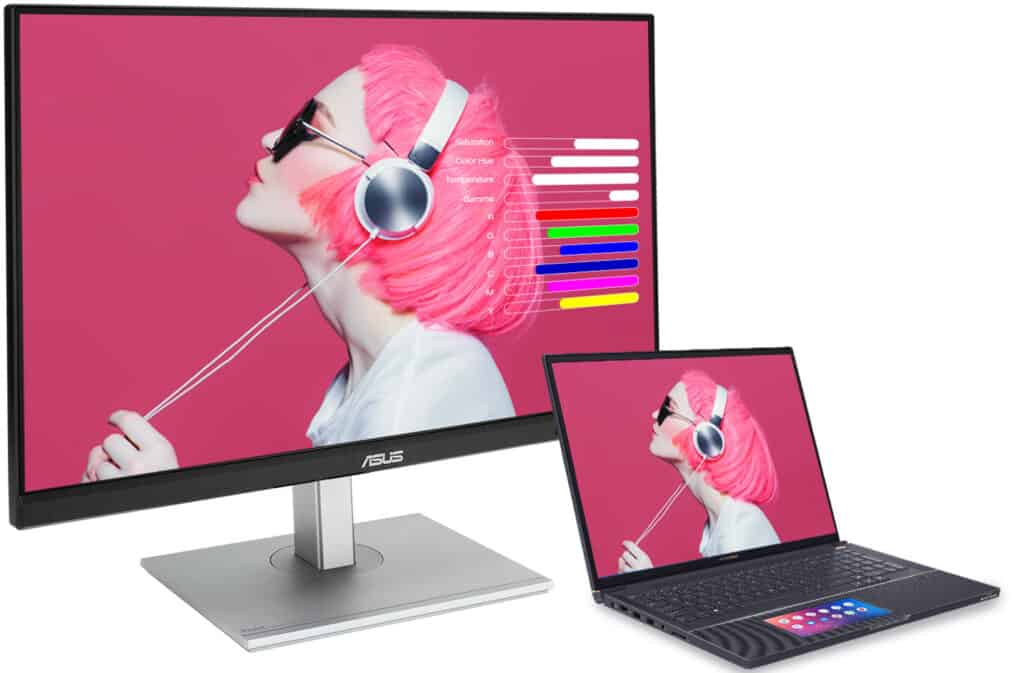

There are some displays that have an erroneous EDID table, which describes the resolutions accepted by the display as well as the optimal resolution.
#M1 MAC MINI MONITORS 1080P#
This is OK for 1080p displays, but in case of a 24" 1440p QHD display, for example, the resulting fonts are just too small and the user cannot lower the resolution while retaining clarity because of the disabled HiDPI support.Īnd what about M1 Macs not supporting the maximum resolution of certain monitors? This results in a low-res desktop experience locking the user with too small or too big fonts and GUI, and there is no way to change that. On some displays, like those sub-4K displays with 1080p or 1440p resolutions, Apple Silicon Macs do not allow high-resolution display modes, namely HiDPI, and does not do scaling well. The problem is that on most displays, resolution selection is quite limited. Macs can handle most displays at their native resolution just fine, including QHD, wide, ultra-wide, and double-wide displays. And worse, previous workarounds for custom resolutions that used to work in Intel-based machines fail to work with the M1.Ĭan you please explain the problem with these 5K2K and QHD monitors working perfectly fine on PCs and looking bad on M1 Macs – so much so some users end up returning them?

Well, bad news: none of the above seems to be happening in M1-based Macs. It also helps if you can fine-tune custom resolutions to match your display panel's native resolution so that the image isn't washed up by hardware rescaling. What Apple calls HiDPI mode is just the OS recognizing the plugged display operates at a super-high pixel count and scaling the desktop and user interface accordingly. It all comes down to font and widget scaling, and resolution independence. It's no surprise that many buyers of high-end Macs end up buying a non-Apple monitor instead. Hilarious reviews were written about it on Amazon, and even competitors like MSI took their turn at mocking the steep price of Apple's best monitor. Yet, few people outside the audiovisual profession can justify five grand for a monitor – one that doesn't even come with a stand for that price.
#M1 MAC MINI MONITORS PRO#
Two years ago, Apple delivered the Pro Display XDR, the ultimate monitor for creative professionals, with an impressive 6K resolution and 1600 nits of brightness in a widescreen format. And for these state-of-the-art innovative products, customers are willing to pay a higher price. Tóth: Apple is probably one of the biggest innovators, always willing to push the envelope and design things better. So we decided to chat with him so he can tell us more about his project, where he thinks Apple could improve, and why Intel-based Macs are more flexible when it comes to supporting non-Apple monitors, among other things. Nobody can explain it better than the guy behind the code.


 0 kommentar(er)
0 kommentar(er)
